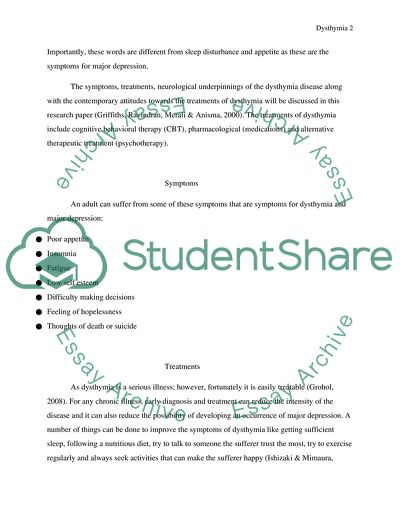Cite this document
(“Neurological disorder paper Research Example | Topics and Well Written Essays - 1750 words”, n.d.)
Neurological disorder paper Research Example | Topics and Well Written Essays - 1750 words. Retrieved from https://studentshare.org/psychology/1616985-neurological-disorder-paper
Neurological disorder paper Research Example | Topics and Well Written Essays - 1750 words. Retrieved from https://studentshare.org/psychology/1616985-neurological-disorder-paper
(Neurological Disorder Paper Research Example | Topics and Well Written Essays - 1750 Words)
Neurological Disorder Paper Research Example | Topics and Well Written Essays - 1750 Words. https://studentshare.org/psychology/1616985-neurological-disorder-paper.
Neurological Disorder Paper Research Example | Topics and Well Written Essays - 1750 Words. https://studentshare.org/psychology/1616985-neurological-disorder-paper.
“Neurological Disorder Paper Research Example | Topics and Well Written Essays - 1750 Words”, n.d. https://studentshare.org/psychology/1616985-neurological-disorder-paper.


